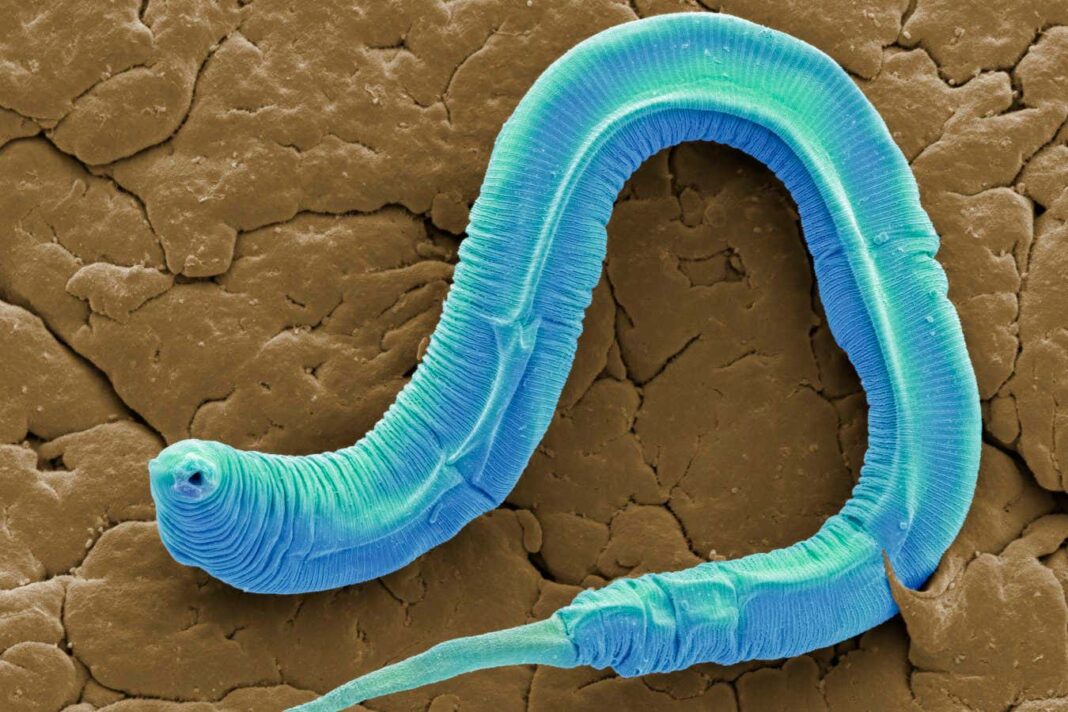Quantum Sensor Gets a Read on Tiny Worm Implanted with Nanodiamonds
In a breakthrough study, researchers have successfully implanted tiny worms with nanodiamonds to study their behavior using quantum sensors. The use of nanodiamonds in conjunction with quantum sensors has opened up new possibilities for studying biological systems at the nanoscale level.
The Study
The study involved implanting C. elegans, a type of tiny worm commonly used in biological research, with nanodiamonds. These nanodiamonds were engineered to have nitrogen-vacancy (NV) centers, which are defect sites in the diamond lattice that can emit single photons when excited by laser light.
By using a quantum sensor to detect the photons emitted by the NV centers in the nanodiamonds, the researchers were able to track the movement and behavior of the worms with unprecedented precision. This technique allowed them to monitor changes in the worms‘ internal processes and responses to stimuli in real-time.
Implications for Research
The use of nanodiamonds and quantum sensors in studying biological systems has the potential to revolutionize our understanding of complex biological processes. By enabling researchers to observe and manipulate biological systems at the nanoscale level, this technology could lead to breakthroughs in fields such as neurobiology, genetics, and drug development.
Furthermore, the ability to track the behavior of organisms at such a small scale could have implications for fields outside of biology, such as robotics and materials science. By studying how organisms interact with their environments at the molecular level, researchers may be able to design more efficient and adaptable technologies.
Conclusion
The successful implantation of nanodiamonds in tiny worms and the use of quantum sensors to study their behavior represents a significant advancement in the field of biological research. This technology opens up new avenues for studying biological systems at the nanoscale level, providing researchers with a powerful tool for understanding complex biological processes.
With further research and development, nanodiamonds and quantum sensors could become standard tools in the study of biological systems, offering new insights into the behavior of organisms at the molecular level. The potential applications of this technology are vast, and researchers are excited to explore its possibilities in the years to come.
FAQs
What are nanodiamonds?
Nanodiamonds are tiny diamond particles that are on the nanoscale, typically less than 100 nanometers in size. They have unique properties that make them valuable in a variety of fields, including biology and materials science.
What is a quantum sensor?
A quantum sensor is a device that utilizes the principles of quantum mechanics to measure physical quantities with high precision. In the case of this study, the quantum sensor was used to detect photons emitted by nanodiamonds implanted in tiny worms.
How could this technology impact future research?
The use of nanodiamonds and quantum sensors in biological research could lead to breakthroughs in our understanding of complex biological processes. This technology has the potential to revolutionize fields such as neurobiology, genetics, and drug development, as well as provide new insights into how organisms interact with their environments.




